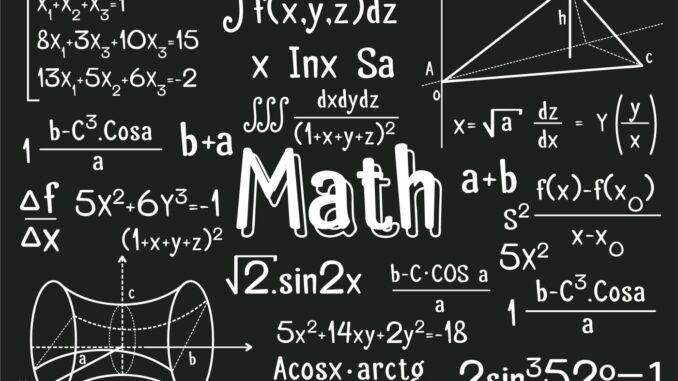
Geometry, Pre-Algebra, and Algebra 1 classes are currently transitioning to a new way of learning. There are three aspects to this new program. It is a bended, self-based, mastery program. The students watch videos of their teacher teaching the lesson, then they practice the concept they just watched independently, instead of watching a live demonstration in class. Once the student completes a video and practice problems, they take a mastery check to assess their understanding. A mastery check is a brief assessment of a learning objective. It allows the student and teacher to become aware of the level of comfortability on a newly learned topic. This new curriculum allows students to work at their own pace and build time for the work into their schedule.
We asked the Math Department some questions about the switch to the new curriculum. When asked, What prompted the math department to make this change?, Mr. Bennett said that the change was made so that students had more opportunities to succeed. Responding to the question by naming some benefits, he said it gives students more flexibility. Mr. Bennett stated that it can help students improve their growth mindsets. We also interviewed Ms. Powers, the head of the math department. She stated, “The math department’s new blended, self-paced, mastery-based program was designed to address challenges students have been experiencing over the past several years in mathematics. Blended learning (a combination of whole/small group instruction and activities, and interactive video lessons that divide the course content into individual learning objectives) provides the opportunity for students to continue learning content when they are absent and the option to rewatch and review any lesson. The self-pacing aspect of the program allows for differentiated learning. Students work through each unit’s “must do” assignments at their own pace and can opt to complete “should do” and “aspire to do” assignments to deepen their learning. Mastery-based learning encourages students to develop a growth mindset by providing them opportunities to strengthen their understanding through review and reassessment. This will hopefully reduce math and test anxiety. Research shows that learning mathematics in smaller “chunks” is beneficial to students. This program allows for the content to be broken up into smaller chunks within the seventy-five minute block (something that was not possible through direct instruction)”.
The students have had mixed opinions on this new learning style. Some students find it difficult to focus when they are not listening to their teacher give a lecture. 9th grader, Madeleine McKinney states, “I think that the new program allows you to easily get off track and it makes me feel disconnected from my class.” On the contrary, another freshman, Cara Rodgers, says “I understand why it’s hard for some people but I feel like it’s a more efficient way of learning. I think people should have the option to choose which way is easier for them.” While some students enjoy the flexibility of the program, others are struggling to adapt to a different way of learning math.
This new curriculum for the math courses is a big change. This curriculum is designed to be a different approach for students and to help facilitate their learning. It seems to be working as Ms. Powers said “Performance on the first unit assessment showed significant improvement compared to the last 3 years”. It is going to take some time for all students to get adjusted and comfortable with this new style of learning, but it is the start of a new era of teaching.